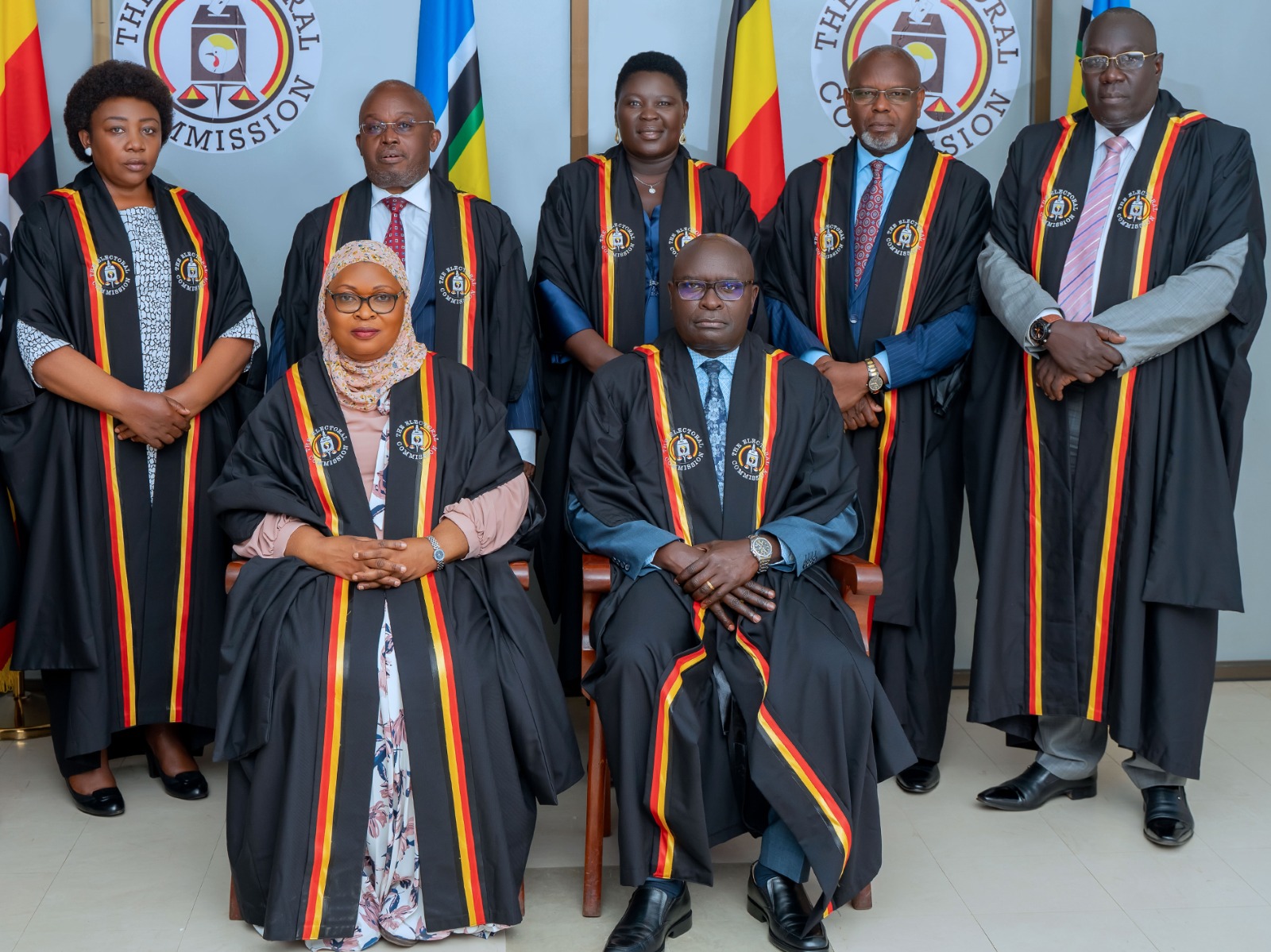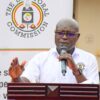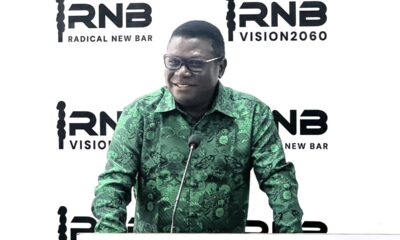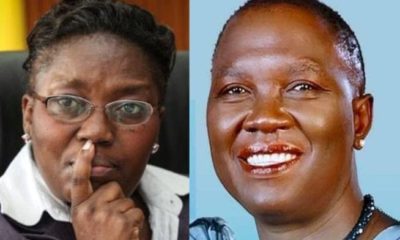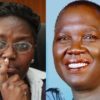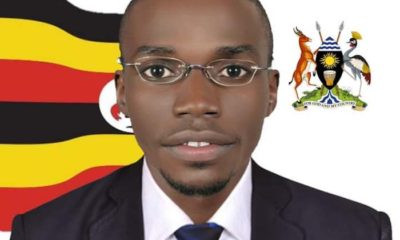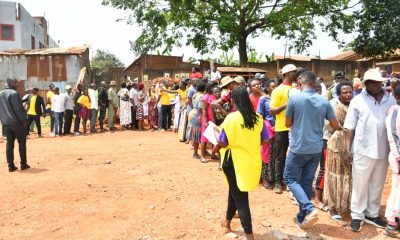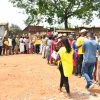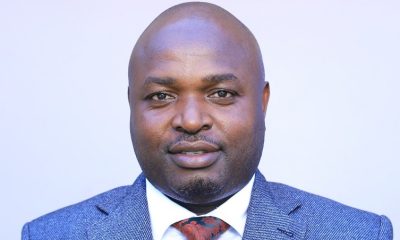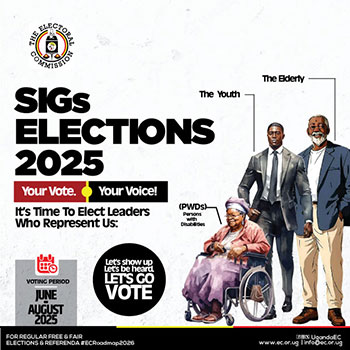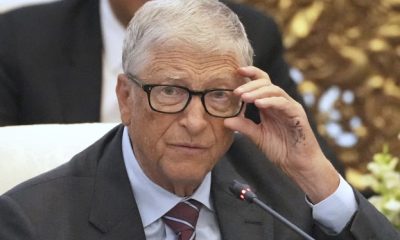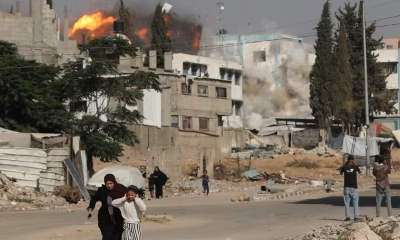Opinions
Electoral Commission Belated Reporting
From the Outside Looking
It has taken some time for the Electoral Commission (EC) to come up with a publication outlining its presence in the country’s political sphere. The recent magazine-style report with EC Chairman, Justice Simon Byabakama’s cover picture, has some surprising deliveries.
The report illuminates some things and tends to water down others. The cover story is a propagandistic interview with Byabakama. It is not indicated who is asking the questions. So presumably, it is the EC itself that has designed them. Even then, it gives some insights into the process.
The outset of the EC is “democracy”, and it is a word and notion that is bandied around to assuage the expectations and suspicions of not merely the stakeholders, but one has to suspect, the donors, too.
From the funds standpoint, the EC has a lament. In trying to address the voter education issue, Byabakama cries foul. “Unfortunately, we are given only Shs. 320 million every financial year…have argued our case before Parliament and Ministry of Finance [MoFEP]…that we need at least Shs 3 billion….” In other words, EC is getting only a tenth of its required funding!
This is certainly drawing attention beyond Parliament and the MoF. Where there is attestation to “democracy”, especially the Western countries are likely to come forward. And yet the delivery of such money in practice for it may not be sufficient to convince some stakeholders that “issues” of “democracy” have been practiced.
Byabakama rightly argues that, “as managers” and in the areas for reform, he mentions campaign financing, so that the Commission can apply “democracy that is based on principles, values and ideas for the betterment of our country.” And for the case of voter education, this publication is running a magnificent center-spread picture of an EC official “educating” students of a Secondary school.
This is a lofty perception, which, if practiced, would be commendable. Again, the situation of “practice”! In the recent Kawempe Constituency by-election, some of this was not in evidence. There were people who recorded the counting of the votes with their phones. Their pictures showed that an EC official, counting the ballot papers, was snidely throwing them behind his chair, instead of putting them on the table, where they were supposed to be, for everybody to see.
How does Byabakama deal with that? Instead of hand-counting, the EC is advancing the use of technology. The report indicates that the EC has recognized the benefits of technology for “enhancing the efficiency and integrity of [critical] electoral operations.”
The publication also comes short on a range of things. It has published a piece “About the Electoral Commission” in which it shows the “supposed” members of the EC, and mis-captions them on its Pages 2 and 3. It shows Commissioner Justine Ahabwe Mugabi, but names her as the estranged EC Secretary Leonard Mulekwah, who appears elsewhere in an interview.
At the back of the report, the report publishes a map of Presidential and Parliamentary constituencies. One needs the use of a magnifying glass to be able to read the individual constituencies. Interestingly, it has indicated that there are 26 political parties it has on its record. One of them is the Society for Peace and Development (SPD), whose President General is Hassan Mwinyi (Not Ali Hassan Mwinyi, by any chance!)
This EC publication has to be commended for its piece on the “Brief History of Elections in Uganda 1958-2024.” It has some very engaging remembrances of our history with very illuminating pictures. Certainly, the picture of the Governor then, Sir Andrew Cohen, especially taken with Yusuf Lule, who was later to become the President of Uganda, is very surprising.
It is also surprising that the Electoral Commission was promulgated after 1979. Most people associate it with the National Resistance Movement (NRM), by this is not the case. Also, it is good to remember that the first chairman was Kosiya Kikira in 1980. And in running the pictures of the EC chairpersons, it puts his (Kikira’s) picture in black and white, alongside that of Stephen Akabway.
But those of Byabakama, Dr. Badru Kiggundu and Aziz Kasujja are in colour. Normally, that kind of distinction informs that those in black and white have passed on. Yet, Akabway is still alive.
Comments



